Create an oasis for bees in your own bee-friendly garden! The buzzing workaholics will thank you by pollinating your plants. Sadly, bees are finding fewer green spaces in which to thrive. All the more reason to take action and help our furry two-tone friends to keep pollinating our plants for years to come.

Create an oasis for bees in your own bee-friendly garden! The buzzing workaholics will thank you by pollinating your plants. Sadly, bees are finding fewer green spaces in which to thrive. All the more reason to take action and help our furry two-tone friends to keep pollinating our plants for years to come.
What is a bee-friendly garden?
Isn’t every garden a bee-friendly garden? Unfortunately, the answer is no. Not every flower or perennial provides nectar for bees; many are bred primarily for their looks. If you want to create a bee-friendly garden, plant flowers that attract bees – these are gorgeous too! If you want to do even more, turn part of your neatly trimmed lawn into a bee meadow. This will add colourful accents and provide a habitat for happy bees.
Why you should create a bee garden
Diversity is essential for any bee garden, allowing it to feed bees all year with different plants. Additionally, a well-balanced garden will provide a continuous display of flowers. From the first signs of spring with winter aconites and crocuses, to lavender, flax, sage, and coneflowers later on, then loosestrife in summer and sedum and asters in autumn – a bee garden blooms all year round!
The more diverse your garden becomes, the better the benefits for both you and your bees:
- Bee-friendly plants and flowers are varied and beautiful. They enhance your garden and provide a vital food source for bees.
- In addition to perennials and flowers, a bee meadow is a great idea to expand the habitat for your bees or attract them to your garden.
- Enhance the sensory experience in your garden with fragrant plants like lavender, thyme, rosemary, and other herbs.
- A bee garden is educational. By creating a garden with the right plants, you demonstrate how plants and insects, specifically bees, complement and benefit each other. This illustrates nature as a symbiotic relationship between different living beings.
- Bees are beneficial for garden maintenance as they pollinate flowers. This is most evident with fruit trees, which only bear fruit if pollinated by bees.
- Bees produce honey, which is an important contributor to a healthy diet and a great alternative to sugar.
- Bees also make wax, perfect for creating a warm, inviting atmosphere with candles on long winter nights.
What should you keep in mind when creating a bee garden?
The success of a bee garden hinges on the selection of plants. You may already have some bee-friendly plants in your garden, but there are likely some flowering plants that bees don’t visit. Swap these out for bee-friendly plants whenever possible. It might be difficult to remove some plants, but consider starting by filling any gaps with bee-friendly species and gradually replacing those that aren’t beneficial to bees.
A bee garden means diversity. The more different plants that thrive in your bed, the richer the table is set for various bees. After all, there are over 500 species of bees, each with different preferences. The selection is vast. Whether perennials, fruit bushes like raspberries or blackberries, flowers, or wild herbs, you have a huge array of plants to make your garden bee-friendly. Here is just a small selection:
- Crocuses
- Lavender
- Sunflowers
- Daisies
- Phacelia
- Cosmos
- Asters
- Rudbeckia
- Sedum
- Bellflower
- Shrubs: Raspberry and blackberry
- Herbs: Sage, rosemary, mint, and thyme
- Trees: Cherry, apple, Mirabelle, plum
Perhaps you also want to grow vegetables in your garden alongside flower beds and bee-friendly perennials? Let the bees help with pollination here as well. Zucchini, pumpkins, tomatoes, and cucumbers are flowering plants that will enrich both your diet and please the bees.
Tip: Pesticides or have no place in a bee garden or a vegetable patch. To protect your vegetables from aphids, nettle manure is an excellent natural solution. Prepare it by mixing nettles with water in a sealed container. You can likely find the raw material, nettles, in your garden or in wild areas. Additionally, nettle manure can be used as a natural fertiliser for your bee-friendly plants.
Keep your bee garden blooming all year round. Most flowers and plants have short but intense blooming periods. When choosing flowers and shrubs, consider their blooming phases. While early bloomers like crocuses and snowdrops provide the first sources of nectar, sunflowers and asters are reliable sources in late summer and autumn. Moreover, sunflowers not only provide plenty of nectar and pollen for bees and bumblebees, but when the sunflower seeds are ripe, they also attract birds to your garden!
Bees need water to cool their hive. It’s helpful to keep a shallow dish of water in your garden. Add small pieces of wood so bees can cling to them while drinking or drink directly from the wood. Bees can easily drown if they fall into the water.
Tools you need for your bee garden
If you already garden, you’ll already have most of the basic equipment to hand. You’ll need garden shears, a trowel, or a hoe for every bed. For a bee meadow, supplement your lawnmower with a high grass cutter, but use it sparingly. Grass clippings make excellent nutrient-rich mulch or can go into a garden composter. If you have trees or shrubs, a garden shredder is useful for turning cuttings into compost or mulch.
Mulch the ground in your bee garden to retain moisture for longer periods. For larger beds, use drip hoses for irrigation. These hoses deliver water directly to the soil, minimising evaporation, which means you’ll need to water less, especially during the summer. Some plants, like zucchini, tomatoes, and pumpkins, prefer not to have wet leaves – drip hoses are perfect for them too.
Water is costly, particularly when keeping many plants hydrated during summer. If the groundwater level permits, use a well pump to draw water from the ground. Alternatively, collect rainwater in a tank during rainy periods. This will help reduce your watering costs for the bee garden.
If your bee garden is thriving, consider adding a beehive. This requires some knowledge and basic equipment, but it’s a great way to benefit from your bee garden. Start producing honey and discover in this article how much honey you can harvest from one hive! Find a range of beekeeping products, like honey extractors and pollen dryers, in the expondo online shop!
FAQ – Everything you’ve always wanted to know about bee gardens
Do you have more questions? We’ve gathered some answers for you. But remember, there’s so much to explore in a bee garden. Half the fun is discovering it for yourself!
How can I tell if a plant is bee-friendly?
We listed a few earlier, but there are many more. Nowadays, many plants in garden stores are labeled as bee-friendly, or you can ask the experts directly. Additionally, there are bee-friendly seed mixes for bee meadows that are clearly marked.
What perennials are bee-friendly?
There are numerous bee-friendly perennials for your bee garden. Listing them all would be overwhelming, so here are a few: lungwort (from March), coreopsis (June to October), anise hyssop, catmint, lavender, and sedum. Make sure they’re hardy so you and your bees can enjoy them for years.
Can bee-friendly plants be grown on a balcony?
Yes, but ensure the plants are suitable for pots or containers, such as catmint, bellflower, lavender, lantana, winter heath, kitchen sage, and many more.

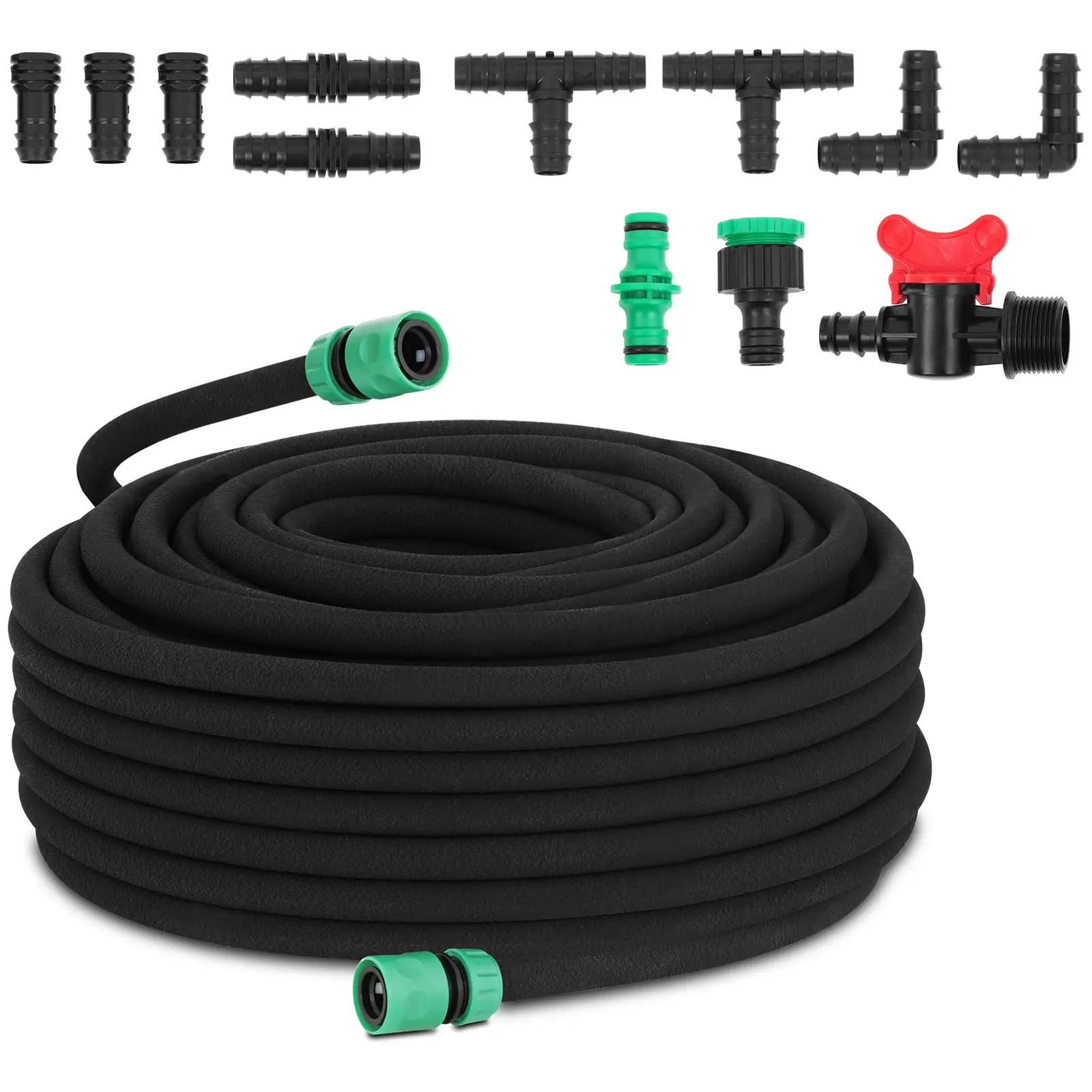
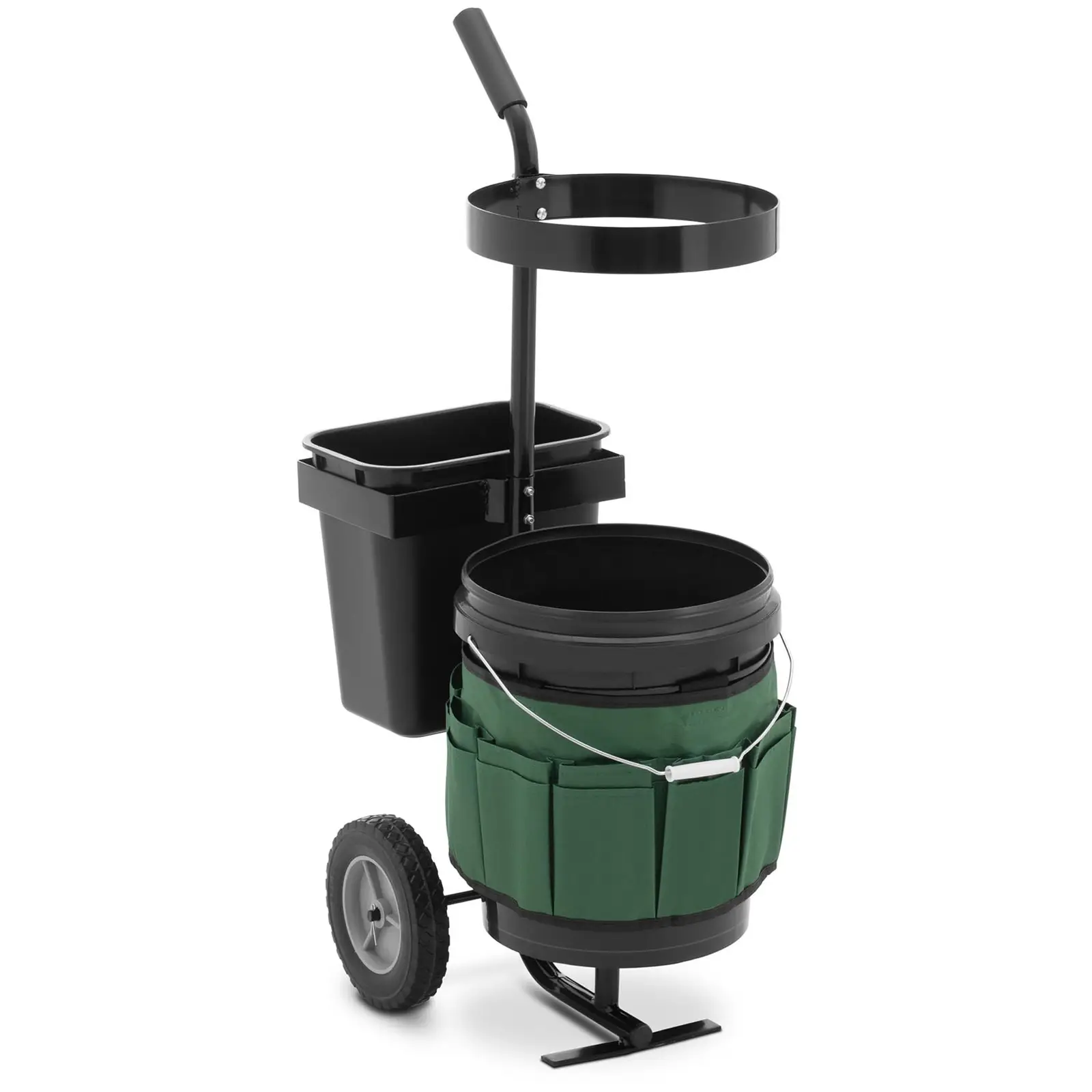
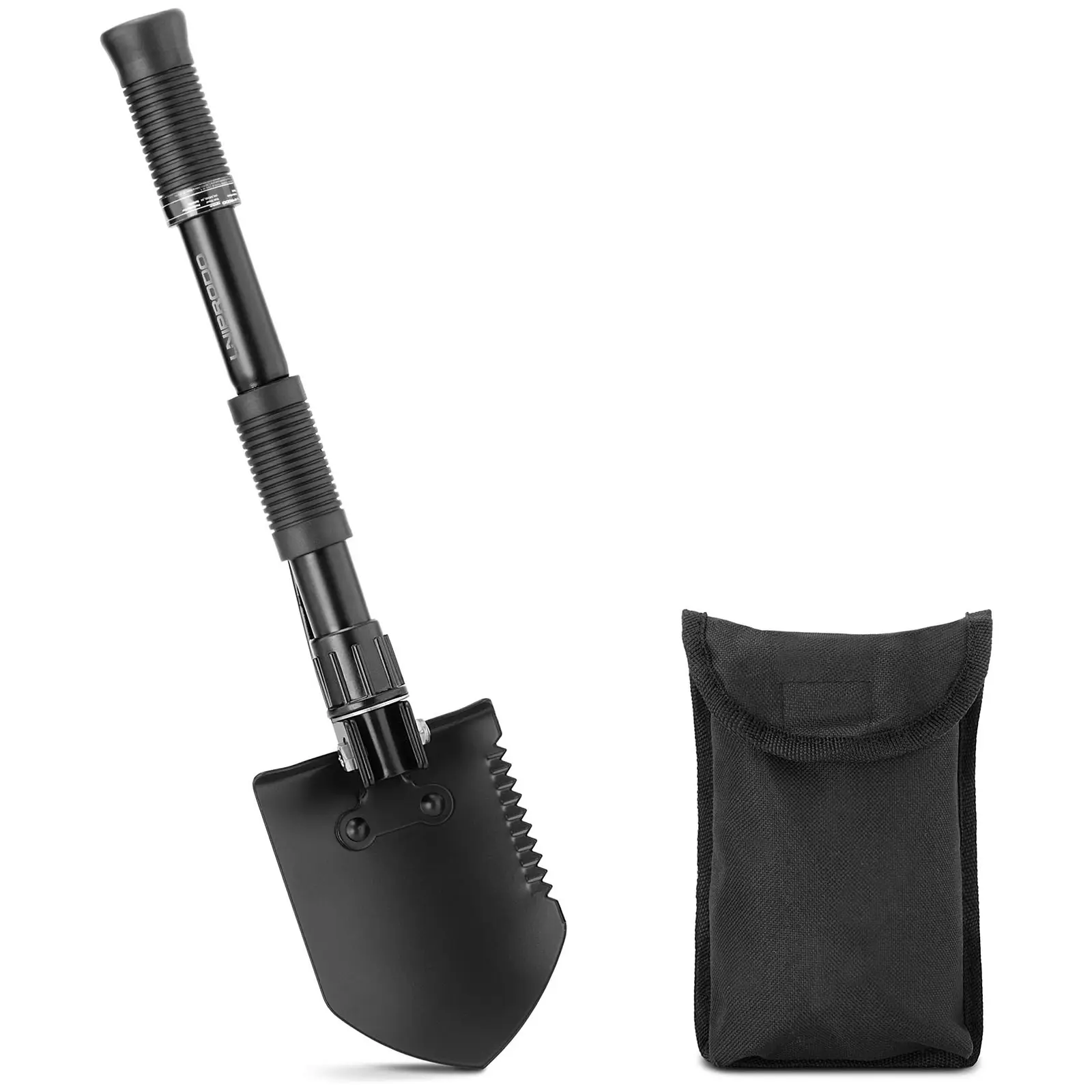
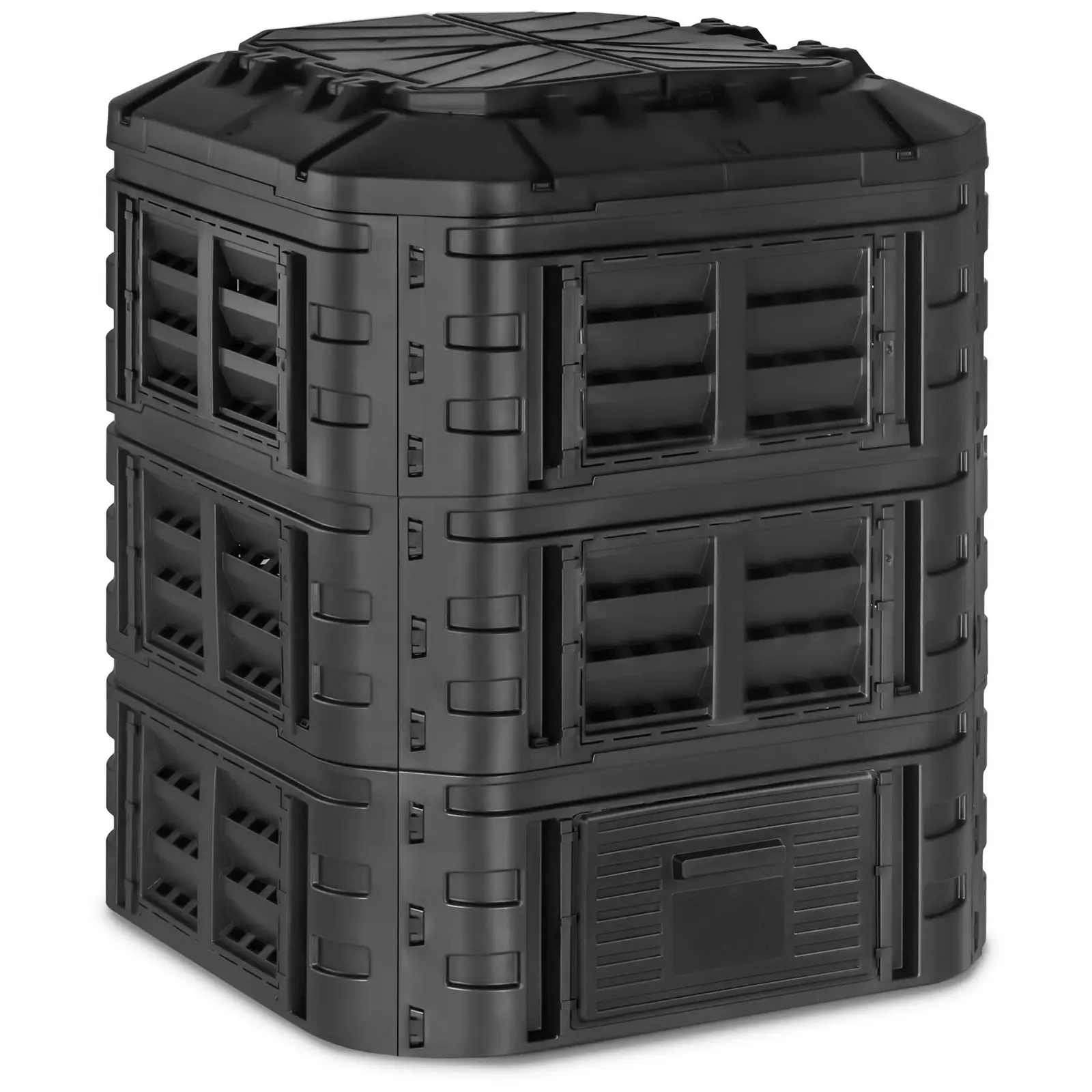
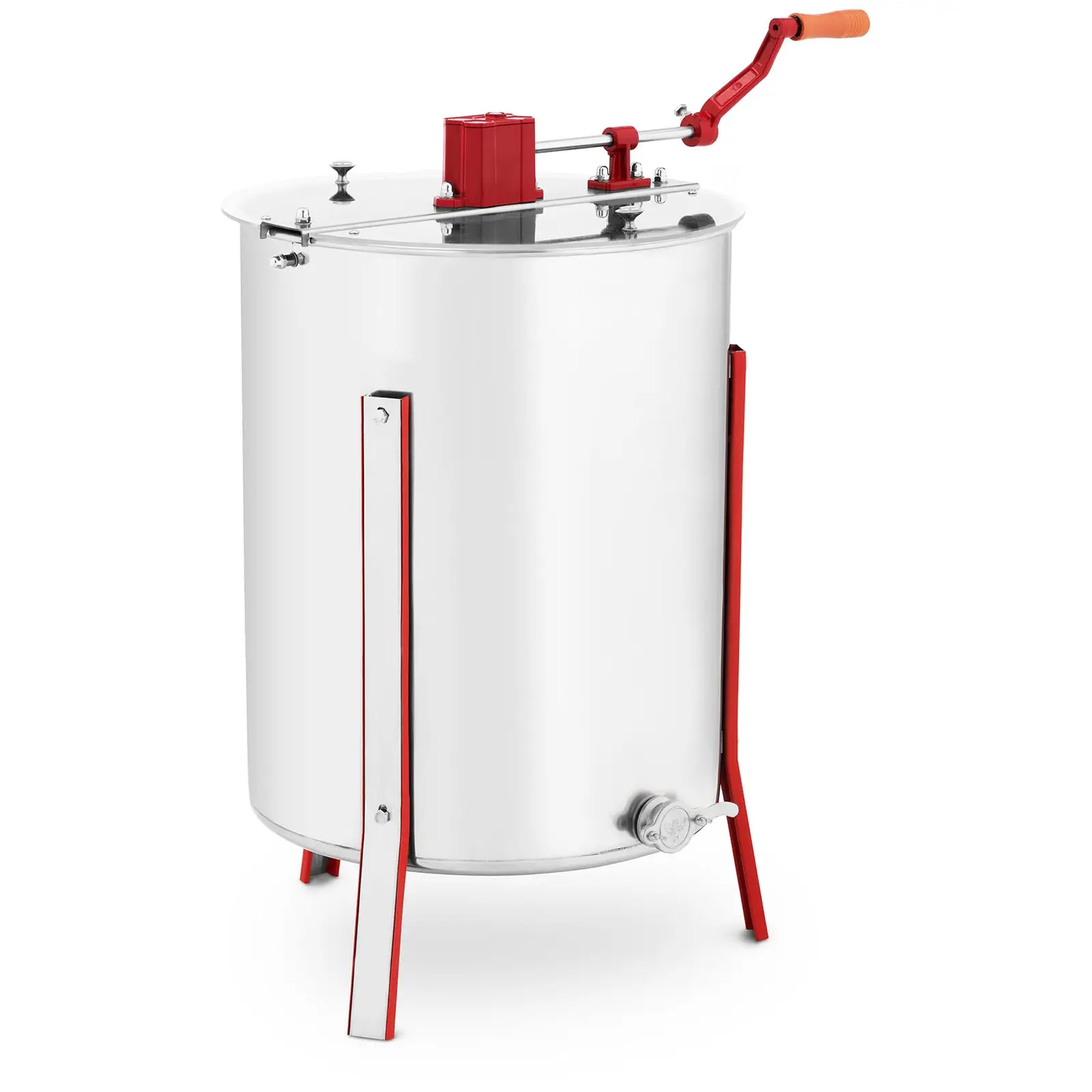
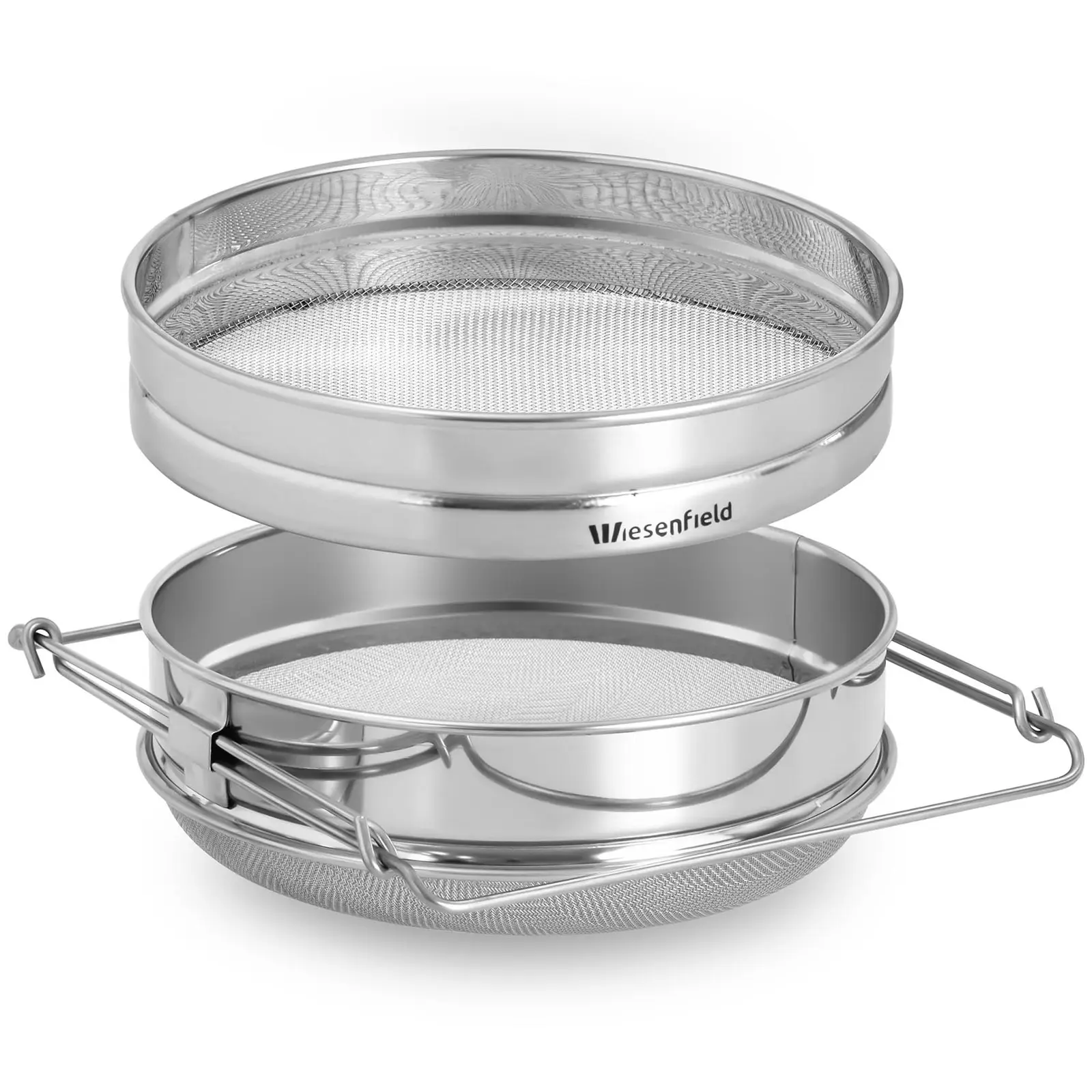
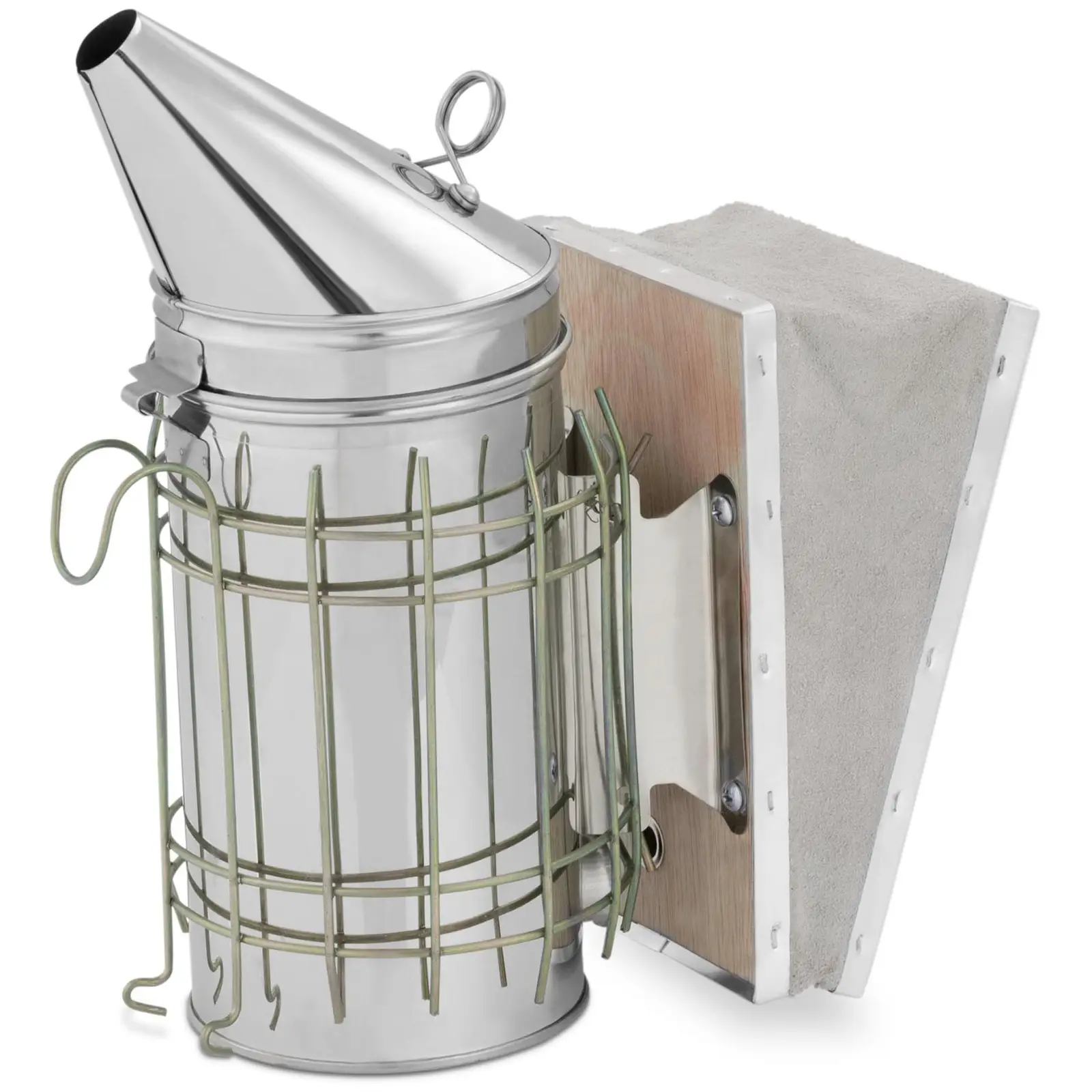
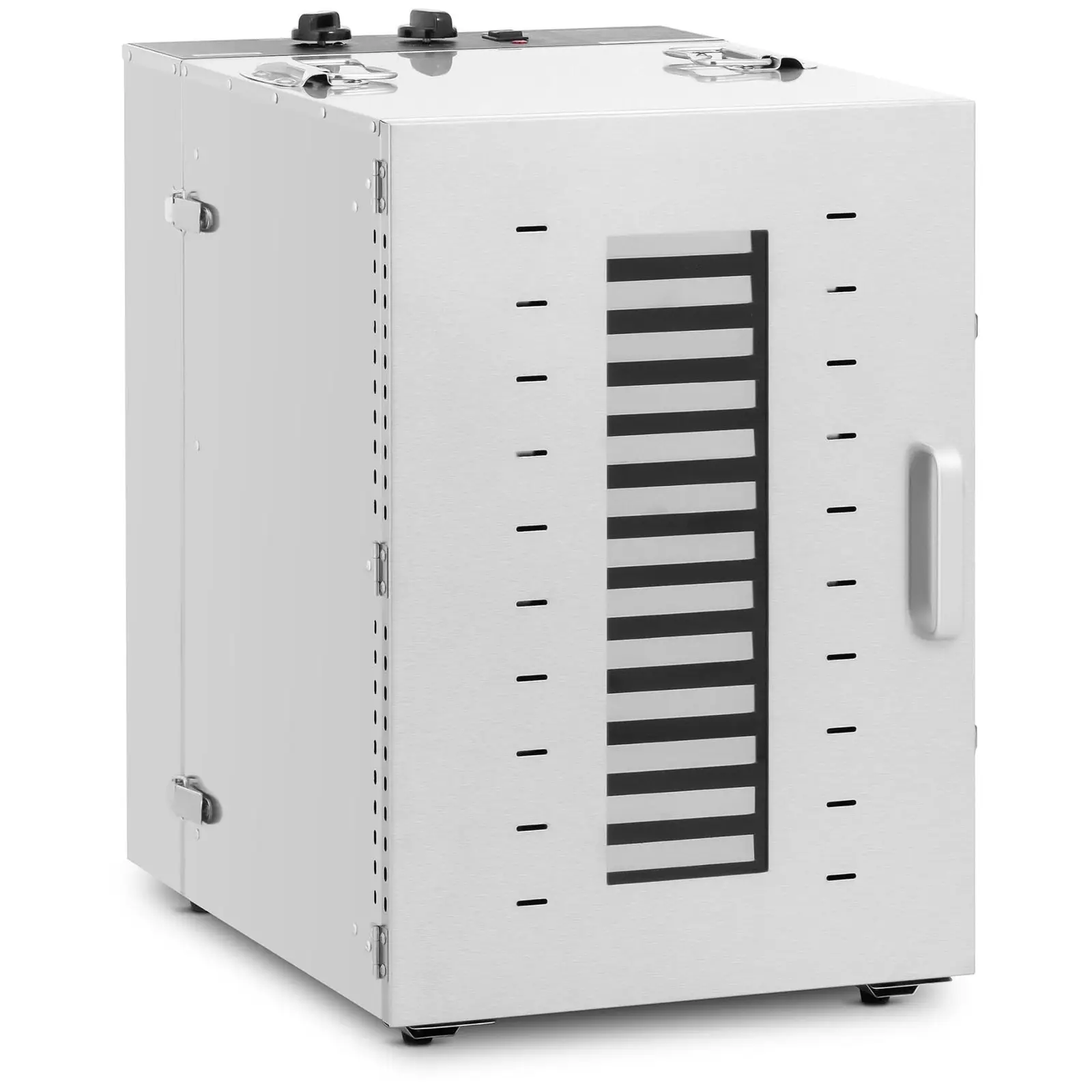


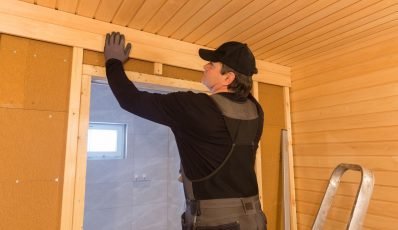
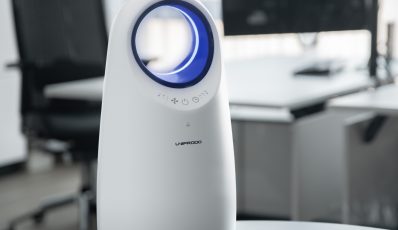

Share